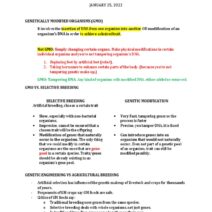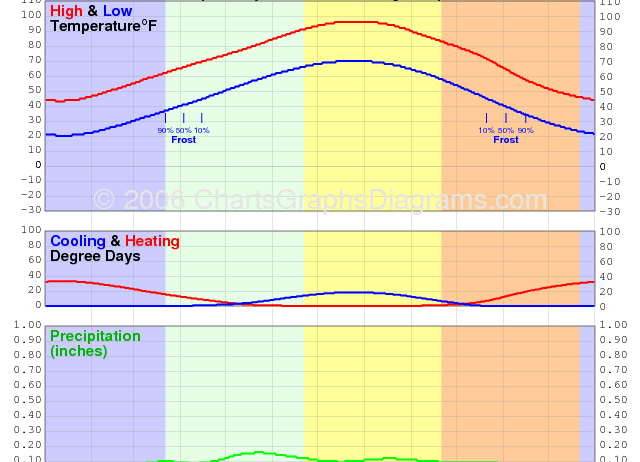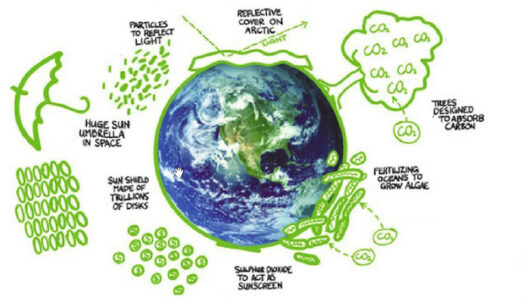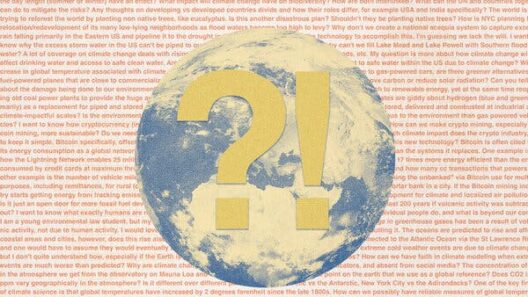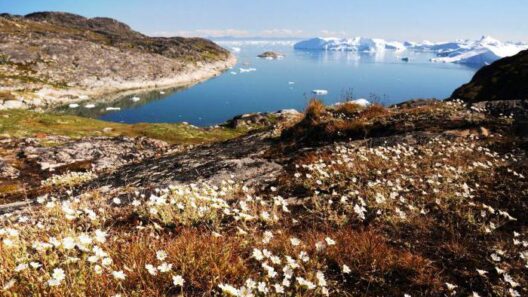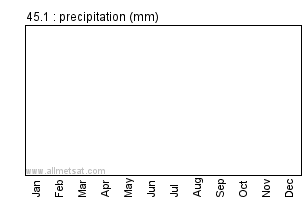The Great Plains, a sprawling expanse that stretches from Canada to Texas, is a region synonymous with both beauty and challenges. Known for its undulating hills, vast grasslands, and robust agricultural output, the climate of the Great Plains is intricate and multifaceted. This area represents a unique intersection of meteorological phenomena, historical legacies, and ecological systems that has shaped the way life flourishes and struggles across its vast territories.
The climate in the Great Plains is predominantly categorized as a continental climate, characterized by significant temperature variations between seasons. Summers can be blistering, with temperatures soaring into the high nineties Fahrenheit (35-40°C), while winters frequently plunge into frigid conditions, often reaching below zero degrees Fahrenheit (-18°C). This stark contrast not only defines the region’s seasons but also heavily influences the flora and fauna that inhabit the plains.
Precipitation in the Great Plains is another key climatic feature. Rainfall amounts generally taper from east to west, with the eastern portions receiving around 30 to 40 inches (762 to 1016 mm) annually, while the western edges may see as little as 10 to 20 inches (254 to 508 mm). This variation leads to a distinct ecological gradient; the eastern Great Plains are lush with tallgrass prairies, while the western areas are typified by shortgrass prairies. The moisture-laden air masses that sweep from the Gulf of Mexico collide with the dry winds from the Rockies, generating severe weather patterns, including thunderstorms that can unleash torrential rains or droughts that can cripple agricultural endeavors.
The sociocultural implications of climate in the Great Plains are profound. Historically, Native American tribes have cultivated a deep respect for the land, adapting their lifestyles to its temperamental weather. The seasonal shifts dictated not only when to plant crops but also when to hunt and gather. The arrival of European settlers brought new agricultural techniques that transformed the landscape. They drained wetlands, tilled the soil, and established farms, which in turn altered the regional climate dynamics through practices such as monoculture and deforestation.
Moreover, the climate history of the Great Plains is punctuated by drought cycles that have had far-reaching impacts on both the environment and the people. The Dust Bowl of the 1930s stands as a stark reminder of how human intervention can exacerbate natural conditions. A combination of severe drought and poor agricultural practices led to massive soil erosion and dust storms that devastated vast areas, displacing thousands of families. This historical event serves as a cautionary tale about the fragility of ecosystems and the need for responsible stewardship of natural resources.
Each year in the Great Plains brings its own climatic quirks. The transition from spring to summer is often marked by tornadic events. Tornado season can begin as early as March and last through June. These powerful storms can form rapidly under the right conditions, leaving destruction in their wake. The meteorological conditions that create tornadoes—moist, warm air from the south colliding with cooler, dry air—are quintessential to the region, making it a focal point for both scientific inquiry and community preparedness.
In recent decades, climate changes have started to manifest more noticeably in the Great Plains, prompting increased concern from agricultural producers and environmentalists alike. Rising temperatures, altered precipitation patterns, and more frequent extreme weather events threaten the delicate balance of agriculture, the region’s lifeblood. Shifts in growing seasons complicate traditional farming schedules and crop viability. Farmers must increasingly adapt to these changes through crop rotation, the introduction of drought-resistant varieties, and enhanced irrigation techniques.
Agnostic to mankind, the climate in the Great Plains holds magnificence and peril. The region is blessed with stunning natural phenomena, including the vivid hues of autumn foliage and the breathtaking spectacle of the aurora borealis. Yet, it grapples with climatic extremes that challenge not only its human inhabitants but also the native ecosystems that depend on a delicate balance for survival. Maintaining this equilibrium, especially in the face of climate change, remains a pressing challenge.
Despite the inherent difficulties posed by living in a region with such volatile climatic conditions, the Great Plains have an undeniable allure. The vast openness of the landscape evokes a sense of freedom and connection to nature. People are drawn to its wide skies, starry nights, and the tranquility that comes from vast expanses unencumbered by urban development. Moreover, the region’s rich diversity of life—including bison, prairie dogs, and various bird species—mirrors the resilience found within its people.
In conclusion, the climate of the Great Plains is not just a historical account of weather patterns; it is intimately woven into the fabric of its cultural landscape. The symbiotic relationship between the climate and those who call the plains home serves as a reminder of the complexity and interdependence of life on Earth. As the region continues to evolve under the pressures of climate change, its inhabitants face the dual challenge of preserving the natural beauty of the Great Plains while fostering sustainable practices that honor its storied past.
